What happens in a hearing test?
Aug 08, 2018 in Hearing Tests
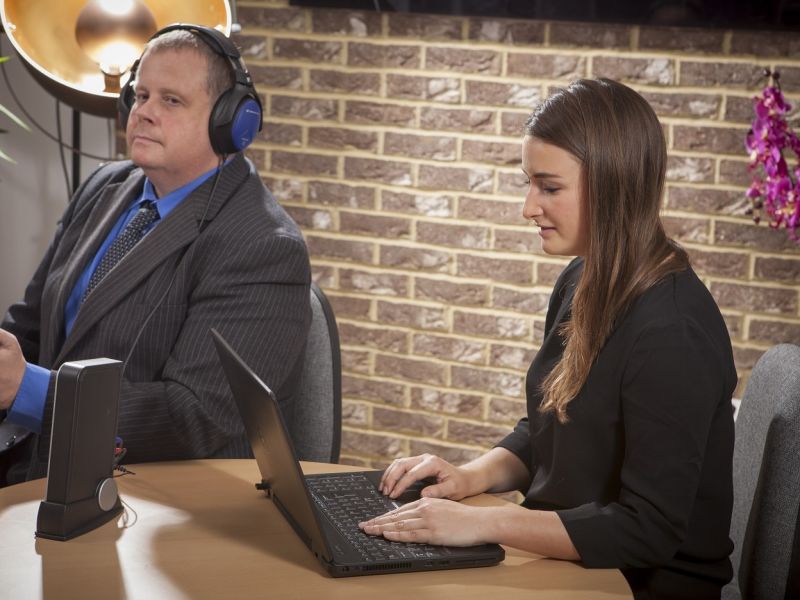
Much like our vision, our hearing changes over time, typically becoming more noticeable as we enter our later years. This occurs due to the natural wear and tear that the tiny hair cells in the inner ear experience as we age.
Here in the UK, over 40% of people over 50 years old have some degree of hearing loss, rising to more than 70% of people over the age of 70. Other factors that can cause hearing loss are regular exposure to loud noises, injury, disease, certain drugs or an inherited condition.
What happens in a hearing test at Leightons
At Leightons, we are dedicated to providing exceptional care for your eyes and ears enabling you to live life to the fullest. That’s why we are proud to offer FREE and fully comprehensive hearing assessments for all our patients over 18.
So, what does a hearing assessment at Leightons involve? Keep reading to find out more.
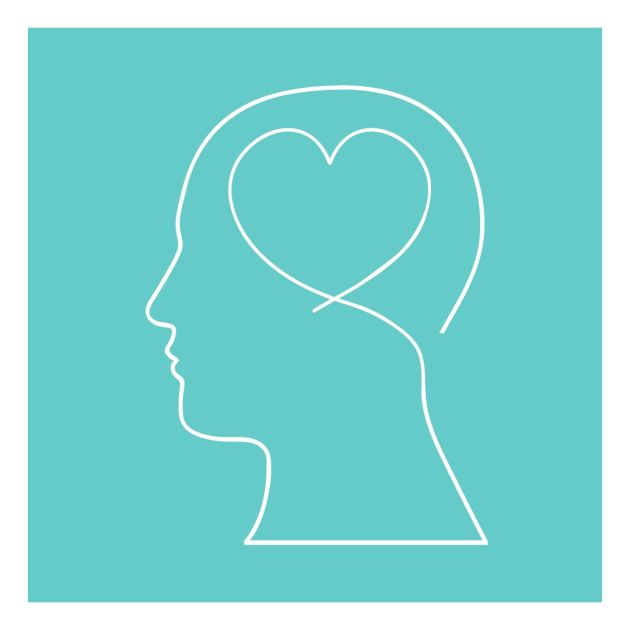
Stage 1: Getting to know you
What sets our hearing care service apart is our patient-centred approach to care, which is why our audiologists begin all of our hearing assessments by getting to know you. They review your medical history to get a good understanding of your overall health and any ear-related concerns you might have. This discussion also allows you to talk about any changes you may have noticed to your hearing or your day-to-day listening.
If you can, we recommend bringing a friend or family member along to your appointment. Not only will they be able to support you, but having a familiar voice in there during your assessment can be incredibly helpful.
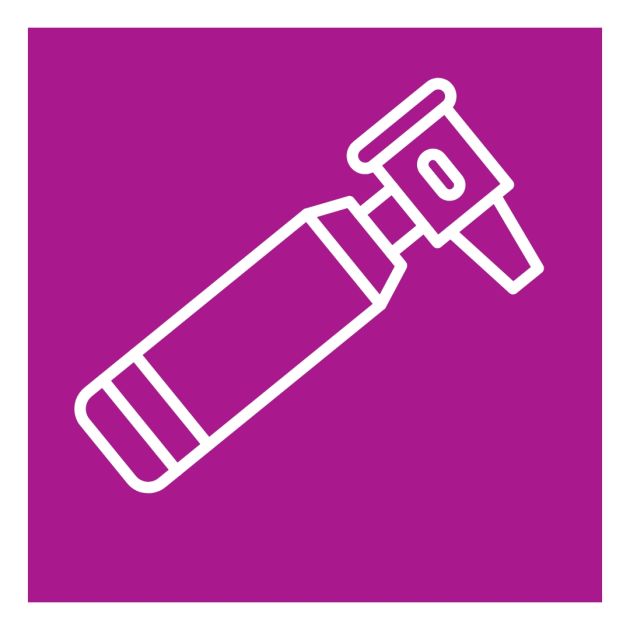
Stage 2: Otoscopy
After getting to know you, your audiologist will look inside your ear with a video otoscope. This allows them to assess your ear’s health, from the outer ear up to the eardrum through the ear canal. Video otoscopy also allows us to check for any blockages in the ear such as ear wax. Should there be a wax blockage, we may be able to attempt the removal during the assessment with your consent, otherwise we’ll arrange a further appointment.
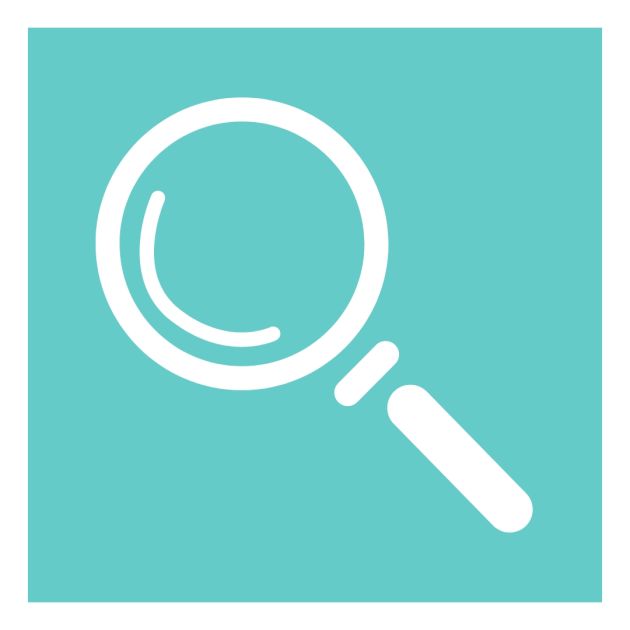
Stage 3: Tympanometry
Using another device, your audiologist will perform tympanometry, a test of middle ear functionality. This test assesses the health of the middle ear and the movement of the eardrum and the middle ear bones.
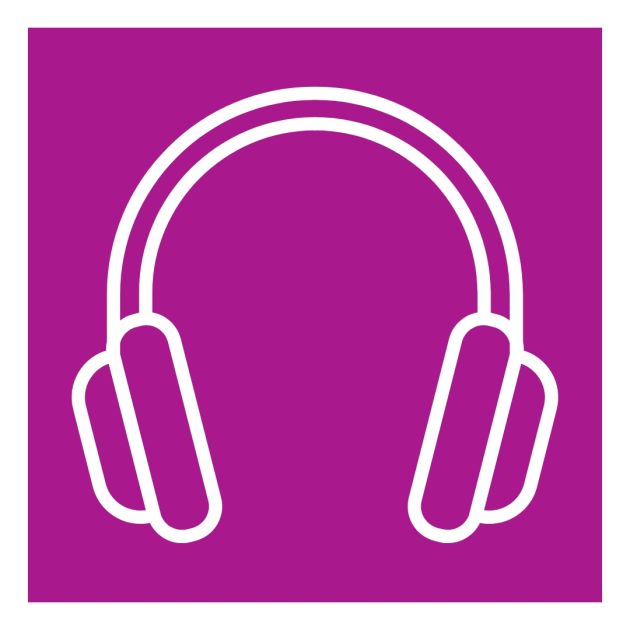
Stage 4: Pure Tone Audiometry
Following that, you’ll move into the more ‘traditional’ part of your hearing test, this is known as Pure Tone Audiometry. During this you’ll be presented with sounds (pure tones) through headphones to assess your ability to hear frequencies at different volumes, fromlow to very high pitches (0.25 – 8kHz) — just like reading the lines of letters in an eye examination.
The results of this test produce an audiogram which your audiologist will go through with you at the end of your assessment.

Stage 5: Speech testing
Speech testing employs speech signals to assess whether you have problems hearing speech or speech in noise. This gives the audiologist a better idea as to what support will be needed in each individual case. This is where it can be helpful to have a friend or family member with you, as they can also better understand where you may struggle more with your hearing.
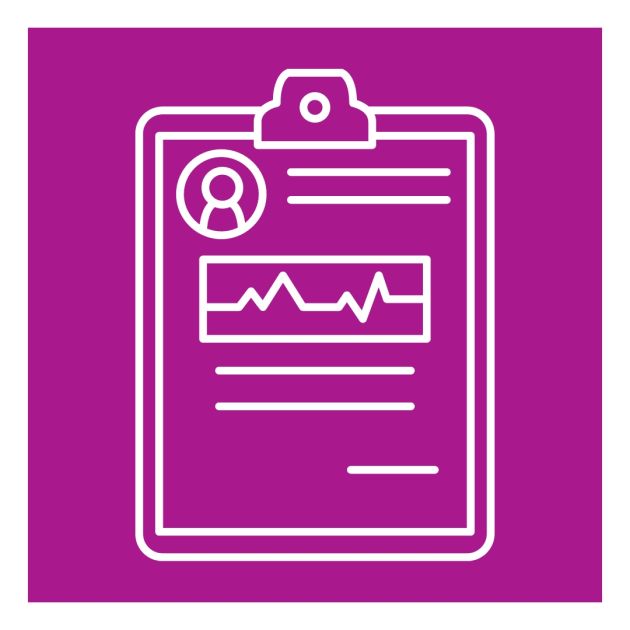
Stage 6: Results
Once all of the tests have been completed, your audiologist will gather the results before taking the time to discuss them with you in detail so you have a clear understanding of your hearing and hearing health.
What happens if a hearing loss is found?
If hearing loss is detected during your appointment, your audiologist will fully explain the options available to you. Should hearing aids be recommended, we’ll be able to assist you in finding the most suitable hearing aids to suit your needs from some of the world's most advanced hearing technology. Your audiologist will then be able to demonstrate the aids to you, either during the appointment or in a follow-up appointment.
Aftercare
Our care doesn’t stop after your hearing assessment. No matter whether a hearing loss is found or not, we’re here for you whenever you need, for as long as you need.
For our hearing aid patients, unlimited aftercare is provided in all of our hearing aid packages. We recommend regular follow-ups in the first few weeks to help fine-tune your hearing aids as you adjust to wearing them. Once you’re comfortable with your tailored technology, we’ll sit down with you every six months to check your aids, ears and any changes in your hearing. Your audiologist will never stop listening and will always make sure your hearing is helping you live your life to the full.
FAQs
Are hearing tests free?
At Leightons, all of our hearing tests are completely free, with no hidden fees or pressure to purchase hearing aids if hearing loss is found.
If a build-up of ear wax is found during your test and removal is required, our comprehensive wax removal service costs a flat fee of £70.
How long does a hearing test take?
For those seeking a thorough review of their hearing abilities, our comprehensive hearing test will take up to 90 minutes.
We also offer a quick hearing health check, lasting around 30 minutes, providing a general overview of your hearing levels.
How often should you have a hearing test?
Just like our eyes, we should have regular hearing checks especially when we hit our 50s which is why we recommend getting one done every 1-2 years.
How do I book a hearing test?
To book your FREE comprehensive hearing assessment at your nearest Leightons practice, why not call us on 0800 40 20 20, ask our team in-store or book an appointment online?

